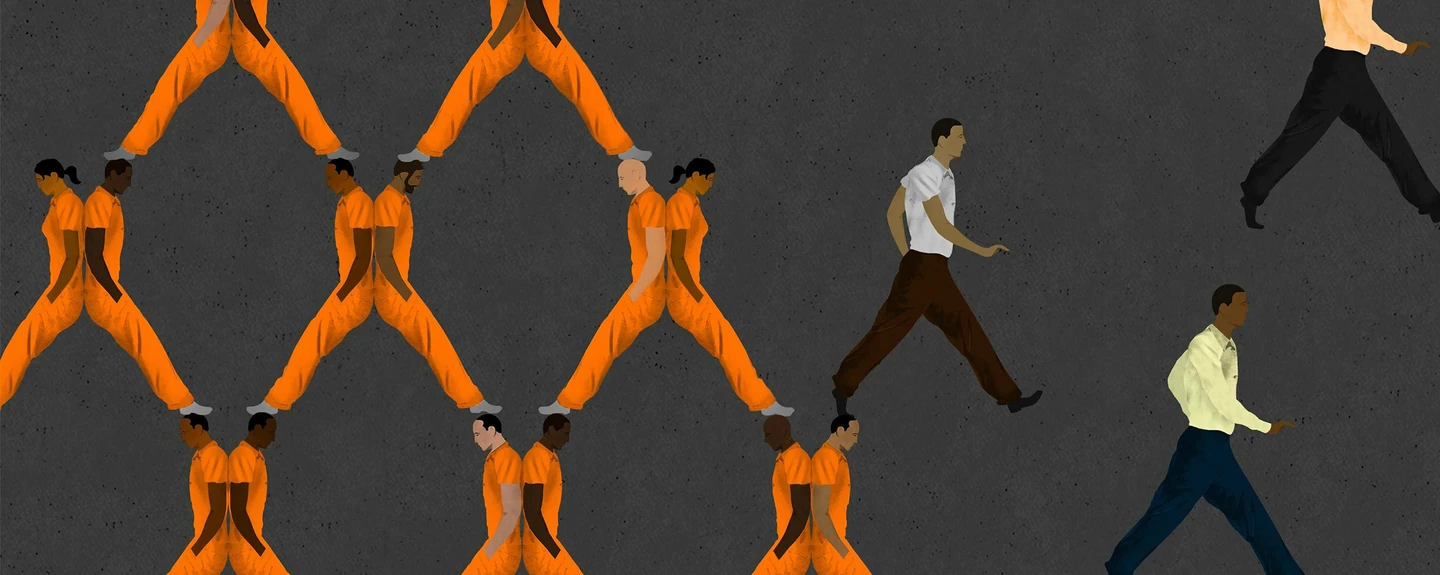What This Election Means for Criminal Justice Reform

It is not even 72 hours after the election, and the entire world is trying to assess the impact of an election result that will surely produce a dramatic restructuring across a broad array of issues and geographies—including justice reform, which we struggle and fight for along with you.
As in any election and assumption of power, there will be a gap between the sharp edges of campaign rhetoric and the responsibility of governing. We just don’t know how big it will be. The furies unleashed by the campaign, and the divisions shown and sown, are indeed causes for trepidation. Whether things spoken were promissory notes for policies and positions to come, we don’t yet know. That said, I am confident the movement for justice reform—specifically addressing the mistake of mass incarceration—will remain intact, strong, and persistent. Here’s why:
At heart, we are all united around core justice values: the human dignity of all; equal justice, regardless of skin color, gender, or place of origin; real, meaningful accountability for harm caused; and common sense solutions that favor prevention over punishment. We all have an investment in them.
The United States is well on its way to becoming majority minority: by 2045, black and brown people will top 50 percent of our population. This fact makes reform of the justice system—where racial and ethnic disparities are pronounced and stubborn—a matter of moral urgency, but also of national security. How can we ever have a prosperous country where the source of entrepreneurs, taxpayers, innovators, and workers are experiencing life-altering and community- and economy-stunting burdens of justice system intervention at an unjustified and unfair level? At the same time, the last year has laid bare the pain and dislocation experienced by many rural and blue-collar white communities experiencing dwindling prospects for economic and social mobility. These are the same communities where, according to our Incarceration Trends Project, jail incarceration rates have skyrocketed in recent years. These are the same communities overwhelmed by the scourge of addiction and the opioid crisis. Economic dislocation has many unwanted progeny in these communities, and the values we hold dear are just as critical to driving solutions in them.
While the President-elect’s campaign called for “law and order” in a way reminiscent of those we’ve heard in decades past, the support for justice reform is broad and deep, and those campaign exhortations should not be taken as indicative of broader sentiment. In the very same election—in California and Oklahoma, two states won decisively by two very different presidential candidates—voters overwhelmingly approved measures to make the justice system more restorative and less punishing. In a number of places across the country, new prosecutors were elected on platforms calling for equal justice and reducing incarceration.
The new politics of justice reform that has emerged in recent years—an historically unprecedented coming together of people of different ideological stripes and political identification—is durable. Progressives have been at this a while, and the new generation of activists who’ve emerged in the past three years has supplied rocket fuel to the movement. Formerly incarcerated—black and white, Democrat and Republican—have taken leadership positions. And support on the right is strong and broad. Evangelicals come to it driven by belief in redemption; libertarians, with a skepticism of state power and its encroachment on individual rights; and fiscal conservatives, looking for better outcomes for the billions we spend annually to imprison Americans.
We at Vera have worked with many states exemplifying this to dramatically pare back the overuse of solitary confinement and to bring college education back to students in prison. Michigan, North Carolina, Nebraska, and New Jersey are among them. That work is powered by inspired and committed public sector leaders and supported by a broad constituency. The ambition and values that buttress the work are constant and illustrative of what we see across the country. It is important to remember that criminal justice is almost entirely a state and local endeavor.
Next week we are leading National Prison Visiting Week, which exemplifies this very fact. Seventeen different states—red and blue—are opening up 29 facilities to everyday citizens so they can visit, understand, and build or strengthen their muscles of empathy. It is an effort to demonstrate a commitment to American values mentioned above. It is also an effort to demonstrate the essential, necessary value of transparency and seeing. Prisons and jails, and the 2.2 million people in them, have been literally walled off from what was previously a deeply neglectful public. But no more. Justice reform belongs to everyone. Business leaders will meet people who will be part of their labor force. Teachers will meet people whose children they will teach or may already be teaching. Dads will meet dads; moms, moms; brothers and sisters will meet someone else’s siblings. That connection and understanding is the fuel for our movement. Perhaps the empathy we see here will teach us all a little something about the way forward.
So onward we go.
